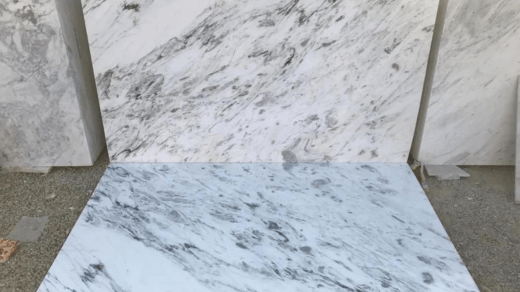Indian marble has a rich history that spans centuries, with its use dating back to the time of the Indus Valley Civilization. It has been used in various architectural and artistic applications, from the magnificent Taj Mahal to modern-day homes and commercial spaces. In this blog, we will explore the rich history and timeless elegance of Indian marble, its different types, colors, and patterns, as well as its benefits and drawbacks. Whether you are a history buff, an interior designer, or a homeowner, this blog will provide you with valuable insights and tips on how to choose, use, and care for Indian marble.
The History of Indian Marble
Indian marble has been used for centuries in various architectural and artistic applications, from the time of the Indus Valley Civilization to the present day. The ancient temples, forts, and palaces of India are a testament to the durability and beauty of Indian marble. One of the most famous examples of Indian marble is the Taj Mahal, which was built by Mughal Emperor Shah Jahan in memory of his wife Mumtaz Mahal. The Taj Mahal is a masterpiece of architecture and design, and it is considered one of the Seven Wonders of the World.
Types of Indian Marble
There are several types of Indian marble, each with its unique characteristics and qualities. Some of the most popular types are:
- Makrana Marble: This is the most famous type of Indian marble, which is known for its white color and high quality. It was used to build the Taj Mahal and many other historical monuments and buildings.
- Ambaji Marble: This is a white and beige colored marble that is known for its durability and resistance to water and stains.
- Banswara Marble: This is a type of white marble that has pink and green veins and patterns. It is commonly used for flooring, walls, and countertops.
- Green Marble: This is a unique type of marble that is green in color and has white veins and patterns. It is highly valued for its beauty and rarity.
Colors and Patterns
Indian marble comes in a wide range of colors, from pure white to black, and everything in between. Some of the most popular colors are white, beige, pink, green, and black. Indian marble also comes in a variety of patterns and veins, which can be straight, wavy, or circular. The patterns can also be random or symmetrical, depending on the type of marble.
Benefits and Drawbacks of Indian Marble
Indian marble has several benefits that make it a popular choice for architectural and artistic applications. These benefits include:
- Beauty: Indian marble is known for its beauty and elegance, which can add a touch of luxury and sophistication to any space.
- Durability: Indian marble is a durable material that can withstand heavy foot traffic, scratches, and stains.
- Versatility: Indian marble can be used in various applications, such as flooring, walls, countertops, and decorative items.
- Variety: Indian marble comes in a wide range of colors, patterns, and textures, which can suit different styles and tastes.
However, Indian marble also has some drawbacks that need to be considered, such as:
- Cost: Indian marble is a premium material that can be expensive, especially if it is of high quality or rare.
- Maintenance: Indian marble requires regular maintenance and care, such as sealing, cleaning, and polishing, to keep it looking its best.
- Porosity: Indian marble is a porous material that can absorb liquids and stains, which can be difficult to remove.
For more information, please visit our website : https://varunmarbles.in



